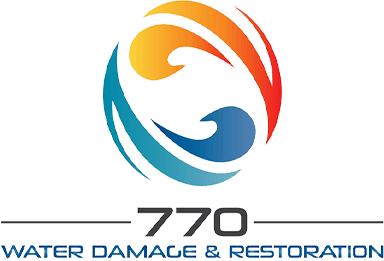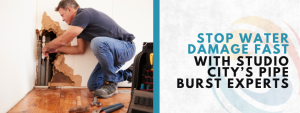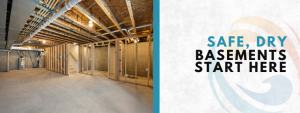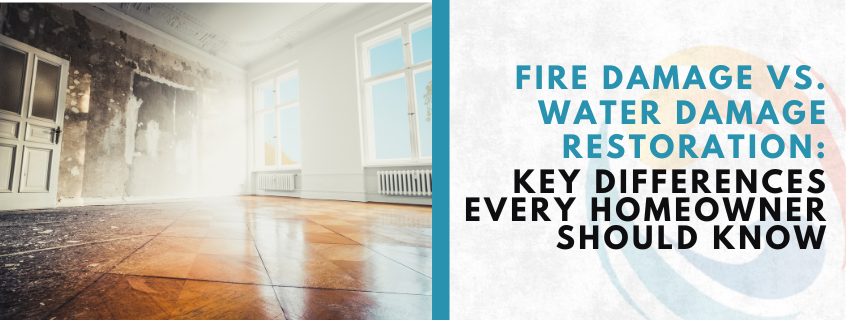
When disaster strikes, homeowners in Malibu often find themselves asking a crucial question: what’s the difference between fire damage vs water damage restoration? While both involve restoring homes after a crisis, the processes, tools, and challenges are quite distinct. Fire damage often leaves behind charred walls, weakened structures, and pervasive smoke odors that penetrate deep into surfaces. In contrast, water damage quietly seeps into floors and walls, creating a breeding ground for mold and causing warping, swelling, and hidden rot. Understanding these differences is key to managing your response effectively.
How Fire and Water Damage Unfold
One sunny morning, a homeowner in Malibu came back from work to find their living room flooded due to a broken washing machine hose. The wooden floor was warped, and mold had started forming within just two days. They called a trusted local team for water damage cleanup, and slowly, things returned to normal.
But another neighbor in Malibu recently faced an even more daunting challenge. A small kitchen fire escalated into a full-blown house fire, leaving behind soot, smoke, and structural damage. They called for Fire Damage Restoration Malibu, which proved crucial in salvaging parts of the home and personal belongings. These two scenarios highlight how fire damage vs water damage restoration present unique challenges and require different approaches.
The Nature of the Damage
While both fire and water can wreak havoc on a home, the kind of damage they leave behind is very different.
Fire Damage:
- Burns through wood, drywall, plastic, and other materials.
- Leaves behind soot and smoke stains that penetrate deep into surfaces.
- Produces odors that linger long after the flames are extinguished.
- Weakens the structural integrity of the building.
- Can shatter windows and melt metal components.
Water Damage:
- Soaks walls, floors, and furniture, leading to warping and deterioration.
- Encourages mold and mildew growth if not addressed quickly.
- Damages electrical systems and compromises insulation.
- Leaves musty odors and water stains.
- Spreads gradually, making it harder to detect at first.
How the Damage Spreads
Time is critical in fire damage vs water damage restoration. Fire spreads within minutes, while water damage develops slowly, often unnoticed until it’s severe.
Fire Damage:
- Flames move quickly through flammable materials.
- Smoke and soot travel through vents, reaching far from the fire source.
- Heat can cause damage to structural elements even in rooms not directly affected by the flames.
Water Damage:
- Water seeps into cracks, behind walls, and under floors.
- Moisture spreads through porous materials like wood and drywall.
- If left unchecked, mold growth can begin within 24–48 hours.
Professionals handling fire damage vs water damage restoration must identify not just visible damage but also hidden trouble spots.
Health Risks: Invisible but Serious
Both fire and water damage can pose serious health risks if not handled properly. The complexities of restoration go beyond surface cleanup. Fires can leave behind toxic residues and structural damage that require expert handling, while water damage often leads to hidden mold and compromised electrical systems. Homeowners in Malibu and beyond should also be aware of the time-sensitive nature of recovery, as delays can make the damage far worse. Effective fire damage vs water damage restoration involves a careful balance of safety protocols, advanced technology, and skilled professionals. By understanding the key differences in fire damage vs water damage restoration, property owners can make faster, smarter decisions during emergencies.
Fire Damage Risks:
- Inhalation of smoke and soot can irritate lungs and worsen respiratory conditions.
- Chemicals released during combustion, such as carbon monoxide and benzene, are toxic.
- Residual firefighting chemicals can linger on surfaces and in the air.
Water Damage Risks:
- Mold is a significant hazard, with species like Aspergillus and Stachybotrys (black mold) causing respiratory issues.
- Floodwaters often carry bacteria, viruses, and chemical contaminants.
- Damp environments attract pests like termites and rodents.
The Cleanup Process: Step by Step
| Restoration Step | Fire Damage | Water Damage |
| Inspection | Check fire origin, smoke path, and structural integrity | Identify water source, assess flow and spread |
| Safety | Remove hazards like gas leaks, compromised beams | Shut off water, assess electrical hazards |
| Cleanup | Remove soot, debris, and damaged materials | Extract water, dry surfaces, sanitize area |
| Deodorizing | Use air scrubbers, ozone generators | Use dehumidifiers, antimicrobial treatments |
| Restoration | Rebuild or replace structural elements | Repair or replace water-damaged components |
Recovery Timelines: When Will Life Feel Normal Again?
| Stage | Fire Damage Timeline | Water Damage Timeline |
| Inspection & Safety | 1–2 days | 1–2 days |
| Cleanup | 3–7 days | 1–2 days |
| Deodorizing & Drying | 1–2 weeks | 3–7 days |
| Repairs & Rebuild | 2–8 weeks or longer | 1–4 weeks |
When to Call the Professionals
Knowing when to call the professionals after fire or water damage can save you time, money, and stress. If the damage involves more than a small, localized area—such as widespread flooding, structural issues, heavy smoke residue, or fire damage cleanup, professional restoration is essential. Experts have advanced equipment for water extraction, drying, soot removal, and decontamination, ensuring your property is safe and habitable. Additionally, when valuable belongings, electrical systems, or drywall are affected, DIY solutions may fall short. Acting quickly reduces long-term risks like mold or hidden structural damage. Homeowners in Malibu and surrounding areas, where coastal moisture and wildfire risks are common, especially benefit from certified professionals who understand local conditions and insurance requirements for fast, effective restoration. When it comes to fire damage vs water damage restoration, fire restoration focuses on soot, smoke, and structural repairs, while water restoration addresses drying, dehumidifying, and mold prevention—both essential for protecting homes in this region.
FAQs: Everything You Need to Know About Fire and Water Damage Restoration
Q: What should I do first after fire or water damage?
A: Ensure safety, stop hazards, and call a professional restoration company immediately. Fire damage restoration focuses on soot, smoke, and structural repair, while water damage restoration targets drying, dehumidifying, and mold prevention.
Q: How quickly should I respond to fire or water damage in my home?
A: Immediately. Delays can worsen structural problems and create health hazards. In fire damage vs water damage restoration, fast action is critical to limit smoke, soot, and mold damage.
Q: Does homeowners’ insurance cover fire and water damage restoration?
A: Coverage depends on your policy. Most include sudden and accidental events like fires or burst pipes, but damage from neglect or poor maintenance may not be covered.
Q: How long does restoration usually take?
A: Minor cases may take a few days. Severe fire or flooding can require several weeks for drying, cleaning, repairs, and reconstruction.
Q: Can my belongings be salvaged after fire or water damage?
A: Many items can be restored with professional cleaning, drying, and deodorizing, though severely damaged ones may need replacement. In fire damage vs water damage restoration, fire leaves soot and smoke, while water damage requires thorough drying to prevent mold.
